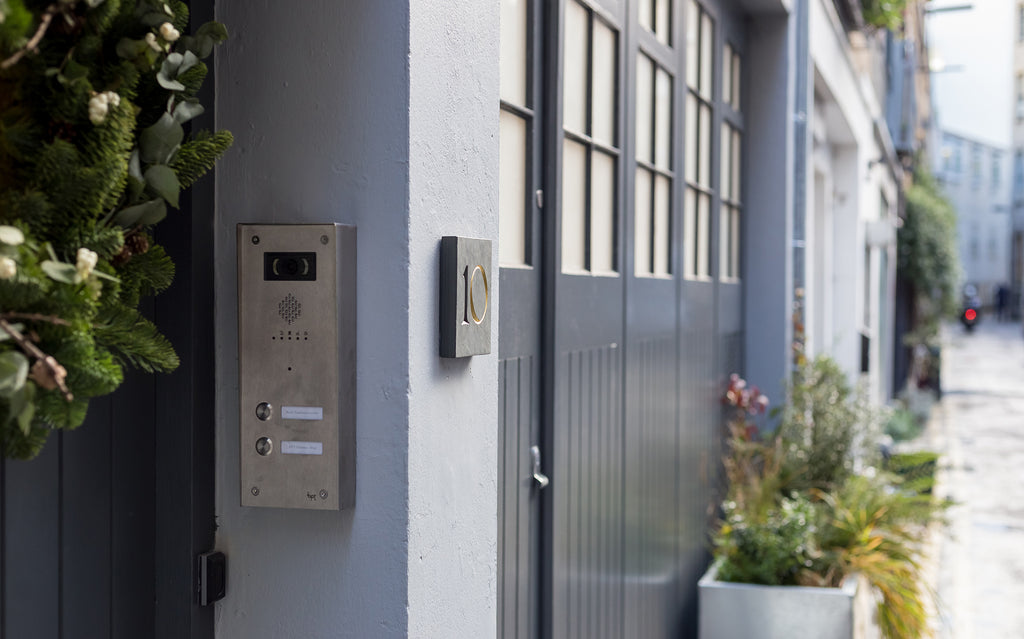Hatton Garden - a brief history
Follow

We're celebrating one year in our Hatton Garden atelier this month! We looked in a few areas to find our new work space, but stepping into the building that we now call home felt just right for us: tucked away down a quiet, characterful road; full of natural light; and a stone's throw from our local suppliers. Once the headquarters of a Victorian bullion dealer, It's been fascinating to learn a bit more about the history of both our building and the area it's in.
Hatton Garden is famously recognised as London’s jewellery quarter. Steeped in history, the cobbled paths and hidden passageways reveal a character and charm that is reminiscent of the trade that has existed here since Medieval times.

During the 16th century the grounds of Ely Place were gifted to Sir Christopher Hatton by Queen Elizabeth I, and this was later developed into the streets that form Hatton Garden as we recognise it now. The area was quickly becoming recognised as a bustling hub for diamond and jewellery trade, and by the mid-1800s there were hundreds of merchants settling here - gemstone dealers, antique traders, goldsmiths, watch makers and gemstone cutters all coalesced and the industry thrived.
Charles Dickens lived nearby and knew the area well, it inspired scenes in several of his novels: in Oliver Twist we find the Magistrate's Court on Hatton Garden and Fagin's Den on Saffron Hill, and Bleeding Heart Yard is featured in Little Dorrit.
The landscape of Hatton Garden has changed in recent times, but there is an exciting transformation occurring as an influx of new designers, makers and creative businesses set up here. There is a shared optimism that this fresh change will re-invigorate the industry and shape for the future a dynamic and vibrant area that mixes innovation with tradition, and most importantly continues to celebrate true, artisanal craftsmanship.

